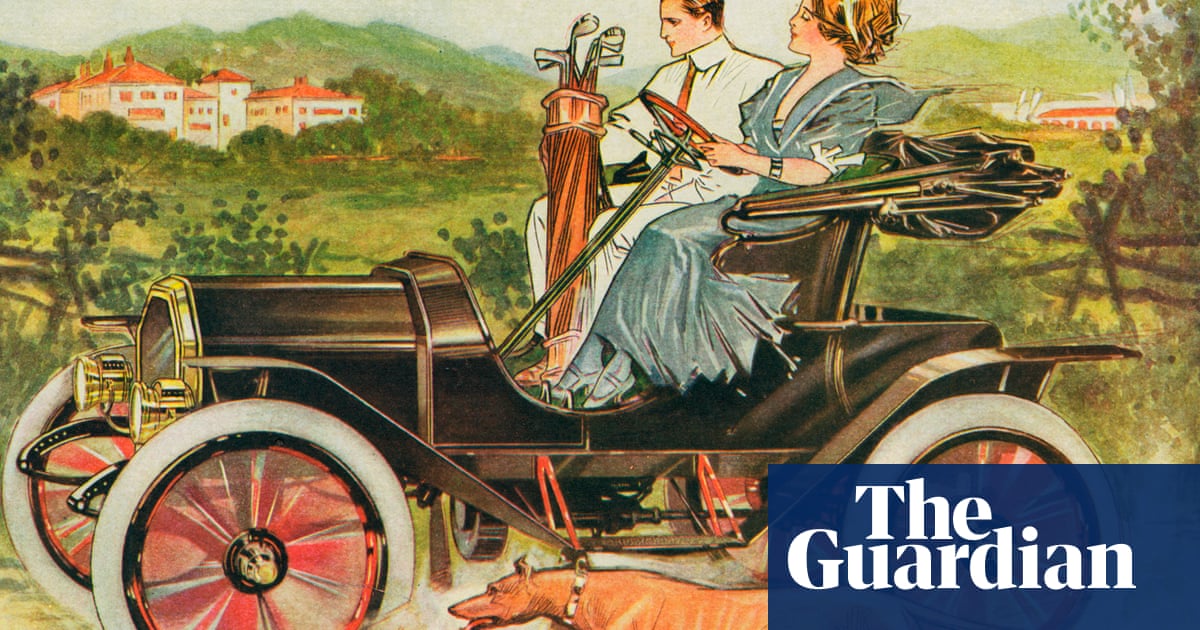
In 2018, the photographer Martin Amis started working on a project about the effects of Brexit on his native Kent – “a sort of wander around this desolate landscape where nothing worked and everything was broken”, is how he initially conceived it.
Straight away, Amis (no relation to the novelist of the same name) began to notice a preponderance of “really sad-looking closed shops” at the edges of his local towns. “I thought: oh yeah, we’ll have a few of those in,” he recalls. “Then I started shooting more and more.” There were so many shut-down newsagents and florists, pubs and Chinese restaurants, bookshops and bookies, their windows boarded up or whited out or plastered with circus ads, that eventually Amis realised a whole different project was needed to accommodate them all.
That was before the pandemic hit, creating ghost towns around the country, followed by the cost-of-living crisis that’s driving even more retailers to the brink. “At the time, the news was all about high business rates and changing shopping habits,” says Amis. “There were lots of chains closing down, but it wasn’t just the chains. Nobody was really reporting on all the little shops that were closing too. You go to certain parts of towns and there’s hardly anything there. It’s just destroyed.”
During lockdown, Amis put the project on hold and completed a monograph of mist-bound rural landscapes, which he published as This Land. Returning to it last autumn, he noticed a marked increase in shop closures, especially in bigger towns such as Ashford, where Debenhams, H&M and other major retailers had recently pulled out. More than 17,000 chain store outlets closed across Britain in 2021, according to research commissioned by PwC.
For what would become Closed, his third photobook, Amis ranged around Kent, skipping more affluent towns such as Tunbridge Wells and Whitstable, where he lives and works. (His day job is running an online shop, Photobookstore.co.uk, which he feels is faintly ironic in this context, though it’s unlikely Amis has put too many bricks-and-mortar photobook specialists out of business.)
He realised early on that he wanted to shoot in black and white. “It removes the timeframe, almost, and makes you look at the details a lot more,” he says. The shopfronts were mostly photographed straight-on, with a handheld camera, and Amis had to work hard to keep his reflection out of shot. “Sometimes I’m kneeling down, or I’m just at the right angle where there is enough wood in the way. That was half the battle.”
Aptly for a book about ghost towns, the images are devoid of people, though idiosyncrasies abound. In the window of Sam’s Spares, a car parts shop in Herne Bay, someone has rearranged the signage to read “SPAM”. A wall of England flags prevents us from seeing inside Bridal House photography studio in Cliftonville. (When Amis photographed the studio in 2019, he was heckled by the employees of a carwash across the street. Returning earlier this year, he discovered that the carwash, too, had closed down.)
Amis has noticed patterns of decline and renewal: butchers, florists, carpet shops, and of course pubs, have fared especially badly, while nail salons, coffee shops and vape emporia fill the gaps. Some premises bear evidence of multiple closures – under the sign of a shuttered post office, the painted-over words “Dating Agency” can just be made out.
For Amis, the book captures “what we don’t need any more. It’s a reminder of what we’ve lost – and whether we care if we lost it. Do we care that we use the local butcher, who knows where his meat comes from, or do we want to buy from Asda or Morrisons?” Amis, for one, is willing to go the extra mile and spend a little more, driven by a desire to preserve what’s left.












